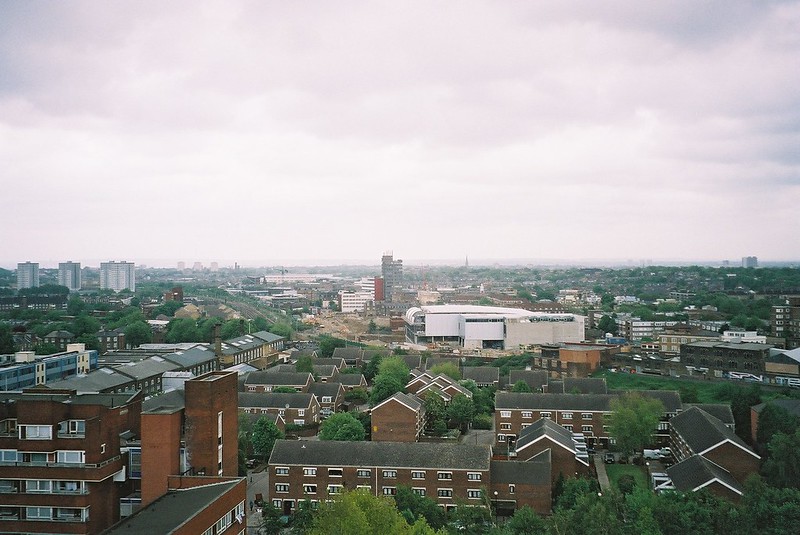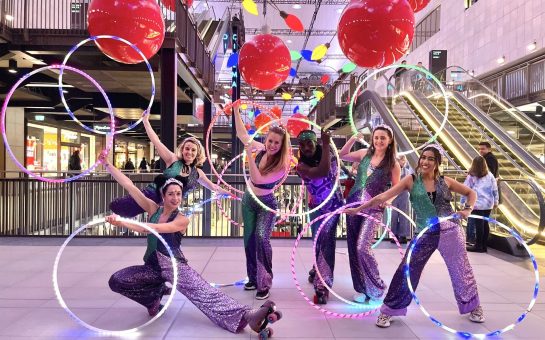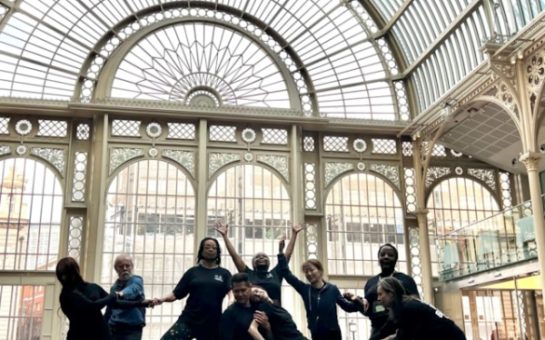Green space in London is a precious resource, and people in areas which don’t have enough of it are likely to suffer worse mental health.
The borough of Islington has one of the lowest proportions of green space not only in London, but compared to all local authorities in the UK, alongside having the highest rate of common mental health disorders in the capital.
Data from Greenspace Information for Greater London CIC (GiGL) reveals that Islington’s green space makes up just 6.3% of its total area.
This is significantly less than the average proportion of 17% green space across the London boroughs.
The north London patch has just a little under 100 hectares of green space across more than 130 green sites, including its ten major parks, its cemeteries, playing fields, and other spaces.
For central London, this may not seem surprising but issues arise when that lack of green space is compounded by high population density, high deprivation rates, and barriers to accessing nature.
The 2021 census revealed that Islington has the second highest population density in the UK with roughly 216,000 residents, or more than 14,800 people per square km.
This also means people are less likely to have access to private green spaces such as gardens.
Mark Gillham, chief executive of Islington mental health charity The Stuart Low Trust, has seen first-hand the impact that community and nature can have on people who are struggling with a broad range of difficulties.
He said: “Some of the top things impacting Islington resident’s mental health is housing, the built environment, overcrowding, living with or near other people and noise.
“Green spaces are where you can have the peace, quiet, and tranquillity that can support your mental health and wellbeing.”
What’s more, studies show that high levels of deprivation is also a significant barrier to using green space even when it is available – and Islington is the fifth most deprived borough in London.
All these factors mean that Islington residents are less likely and less able to visit the pockets of nature available to them in the borough, which in turn, worsens mental health.
Research on the nature-mental health connection is increasingly abundant, and includes findings that engaging with nature can improve mental health in children and teenagers and improve their intelligence, slow the progression of Alzheimer’s, reduce depression, lower blood pressure, and even improve self-esteem.
But according to the most recent reliable data on mental ill-health from 2014, Islington has the highest rate of common mental health disorders of the London boroughs, joint with Hackney, at 212.7 people suffering with one for every 1000.
This is significantly higher than the London average of 182.1 people per 1000 and the England average of 165.7 per 1000.
As of March 2024, NHS figures showed that nearly 100,000 adults were in contact with mental health services across North London.
To combat these barriers, the Stuart Low Trust runs free nature visits from Spring to Autumn, and outcome surveys report physical, social, and educational benefits for participants, with 89% experiencing an uplifted mood.
Gillham added that the charity has received a wealth of anecdotal evidence from participants that a lack of green space directly impacts people’s mental health, from experiencing social isolation to worsening physical health conditions.
This conclusion has been drawn increasingly across science, healthcare, and even in government, which recognised the importance of being outdoors for our mental and physical health in 2021.
The pandemic recovery plan included a £4million investment into a pilot scheme for ‘green social prescribing’, a holistic mental health treatment pathway which refers patients to local, non-clinical, nature-based activities to improve their overall health and wellbeing.
In Islington, social prescribing is being rolled out through providers like Iseldon Arts.
Operating out of Lift Youth Hub, the charity supports 11-25 year olds in Islington who are referred through medical professionals, schools, or those who are self-referred, in low-level mental and physical health services.
Chudi Onwuazor, a social prescriber at Iseldon Arts, said: “A good referral would always end in a new achievement, so that person is integrated into society, participating in activities, meeting people, and then they’re able to do that by themselves.
“We don’t just signpost – we actually attend activities with the young people until they’re comfortable enough to attend by themselves. It’s a starting point, not an end point.”
Dr William Bird MBE, editor of the Oxford Textbook of Nature and Public Health, a GP and pioneer for green social prescribing, described the effect that spending time in nature can have on the brain and body.
Getting outdoors creates physical changes in the brain, which leads to improved feelings of comfort and safety, less negative rumination or ‘negative spirals’, and reduced stress.
He said: “We now know that stress isn’t just a nuisance for mental health, it’s actually the cause of almost all ill-health.
“Having people you feel safe with and an environment you feel safe are the two buffers that can help reduce that chronic stress and all the damage and danger it causes to the body.”
The NHS now has 3,600 link workers employed across the country, who connect patients to social and nature-based activities in their communities.
But Dr Bird believes that for many of us, it shouldn’t have to get to that point.
“You don’t need to have a doctor telling you to go for a walk in nature – for the majority of us, we should be doing this as normal,” he said.
He founded the organisation Intelligent Health with the goal of improving resilience and health in communities through connecting people to each other and to nature.
Next month, his campaign Beat the Street is coming to Edmonton, Enfield, and hopes to get thousands of people out in nature through an outdoor game.
“That way,” he said, “we can generate health and prevent problems, instead of prescribing for existing conditions.
“You don’t need tons of green space to feel an improvement. All it takes is one tree.”
Even in an area like Islington, where it may seem that people outweigh plants, getting out in the green has the potential to create a happier, healthier community.
Image credit to caledonianpark on Flickr under a CC BY-NC-ND 2.0 licence




Join the discussion